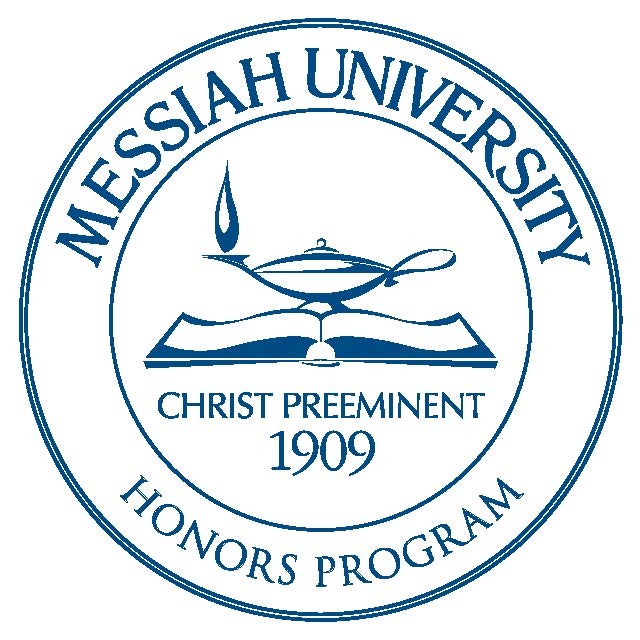Date of Award
4-28-2014
Document Type
Thesis
Department
Computing, Mathematics and Physics
Abstract
What is correlation? This short question has the ability to either confuse or make one question their understanding of statistics. When posing this question to individuals, one can get a wide range of answers. “That is something in math or statistics, I think,” is one possible answer one may find. When talking to statistics students you may get their short answer, “Correlation is the relationship between two random variables.” These answers are very different, but at the same time, they are both correct. The degree to which one understands the concept of correlation can vary widely depending on one’s experience working with this concept. According to Merriam-Webster Dictionary, correlation is “The degree of association between two random variables … The correlation between the graphs of two data sets is the degree to which they resemble each other” [1]. This is also a valid way to explain the concept of correlation in relation to statistics, but is it the best way? Correlation is a vast statistical topic varying in definition, as well as representation. This paper seeks to explore the concept of correlation in depth from its formulation in history up through the varying methods of correlation that are used in statistics today.
Recommended Citation
Arndt, Billie Sue, "Correlation: Beginning History through Development of Function" (2014). Honors Projects and Presentations: Undergraduate. 148.
https://mosaic.messiah.edu/honors/148


